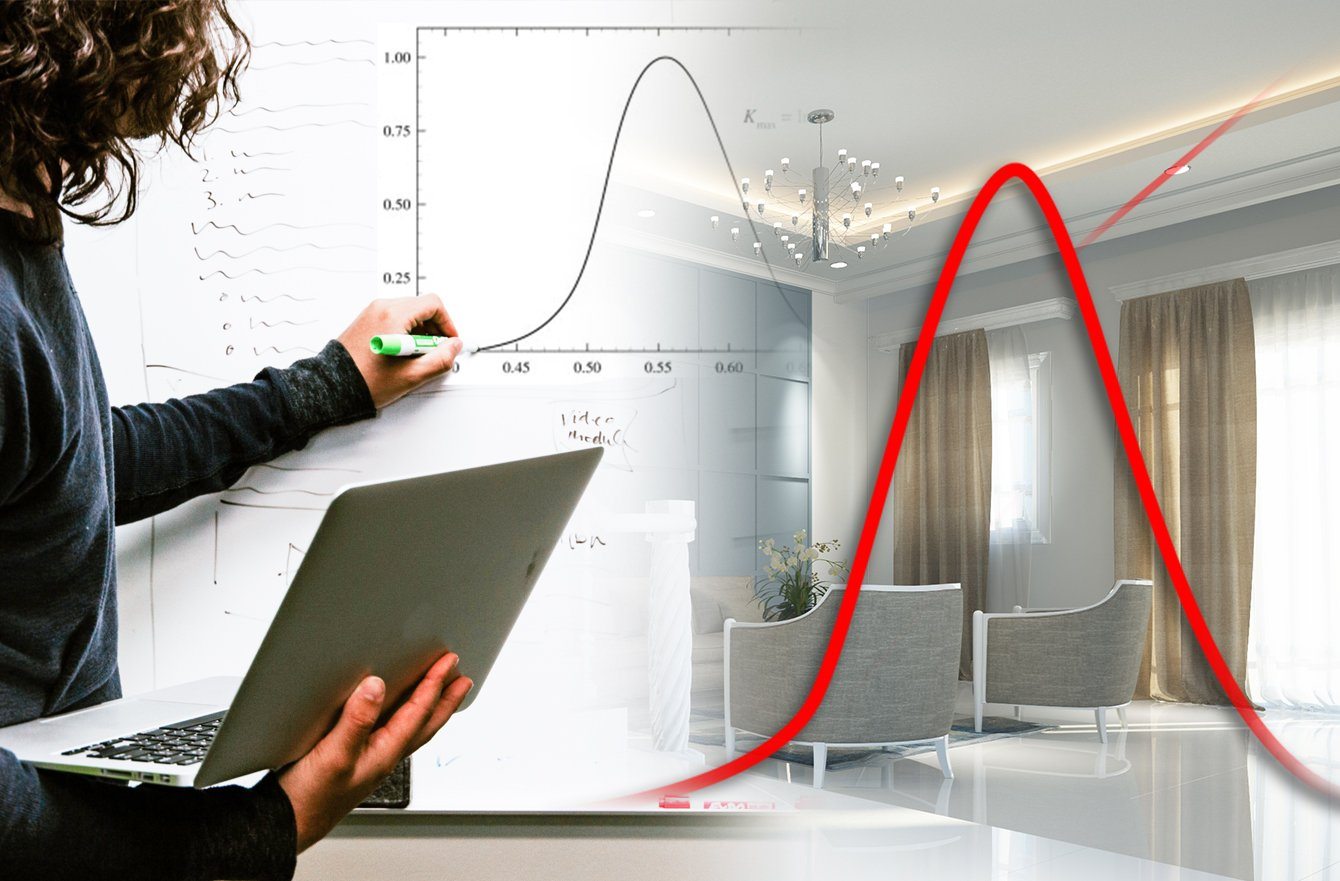- Luminous Efficacy" href="#span-style-font-weight-400-luminous-efficacy-span">Luminous Efficacy
- What’s a lumen?" href="#span-style-font-weight-400-what-s-a-lumen-span">What’s a lumen?
- Heat" href="#span-style-font-weight-400-heat-span">Heat
- LEDs" href="#span-style-font-weight-400-leds-span">LEDs
- Additional Waste" href="#span-style-font-weight-400-additional-waste-span">Additional Waste
LEDs are now a primary source of lighting across the world for several reasons, the main one of which is their efficiency. Using just one-tenth (or less) of the power of an incandescent light bulb, LEDs are green (environmentally speaking, but sometimes also in actual color!), long-lasting, and produce little waste heat. Today’s blog post talks about the measure of lighting efficiency - and why LEDs do it so well - it’s called luminous efficacy.
--
Luminous Efficacy
Luminous efficacy measures the efficacy at which a given light source converts power (usually electricity, measured in watts) into visible light (measured in lumens). As an example, one foot of our high output Luma20 strips (standard density) requires 2.8 Watts of power and produces 414 lumens for a luminous efficacy of 147 lumens per Watt. 147 sounds like a lot (more than 146, certainly!), but without a reference value, how can we know how it compares? You’ve probably heard that LEDs are among the most efficient of light sources, but is that really the case? Let’s find out.
What’s a lumen?
First, let’s talk about the lumen (we’ve talked about that before). A lumen is a measure of the total quantity of visible light emitted by a source (per unit of time). The key phrase here, at least for today’s blog post, is ‘visible light’.
Much of the light emitted by light sources is not visible, being either below (eg infra red) or above (eg ultra violet) the visible spectrum. If you’ve ever put a hand near a hot dish straight out of the oven, you’ve probably felt infra-red light (heat) on your skin. By definition, the human eye can only see light that falls in the visible spectrum, so any light that is created outside of this spectrum is, in essence, wasted. This results in energy being wasted - and in a diminished luminous efficacy.
Heat
Traditional incandescent light bulbs produce light by heating up a metal filament to be so hot that it glows (like metal in a fire). Unsurprisingly, this is not a super efficient way to create visible light - incandescent light bulbs operate in a luminous efficacy range of around 5 to 20 lumens per watt.
How about fluorescents? They don’t use heat to operate, but they still put off quite a bit of it in the process. Electricity excites electrons in a mercury vapour which then put out ultraviolet light which is not visible to the human eye. This ultraviolet light is then converted to visible light when it strikes the fluorescent coating on the glass. Both of these ‘energy transactions’ are a little costly, but not near to the level of that of the incandescent bulb, so fluorescent light sources achieve a luminous efficacy of between 60 and 100 lumens per watt.
LEDs
LEDs use special semiconductors (diodes) that emit a specific wavelength (color) of light. For white LEDs, this light is actually blue, and much like a fluorescent bulb, a phosphor coating is used to transform that light into white. This makes LEDs extremely efficient, with a luminous efficacy of 100 to 170 lumens per watt (and a theoretical maximum efficiency of up to 300 lumens per watt!).
Additional Waste
Since much of this additional energy turns into heat, in most cases there are additional costs to consider when using low efficiency LEDs. Heat causes additional wear on components (including the LEDs!) and on everything attached to them. If your LEDs are attached to plastics, this heat can cause those materials to discolor or even degrade. And if your LEDs happen to be in an air-conditioned space, then you’re paying double (or more) for that waste heat - as you’re using power to remove the heat that was generated by your wasteful LEDs!



1 comment
william clifford
This info is well put together and should be turned into a “white paper”.
Every consumer could benefit from this info.